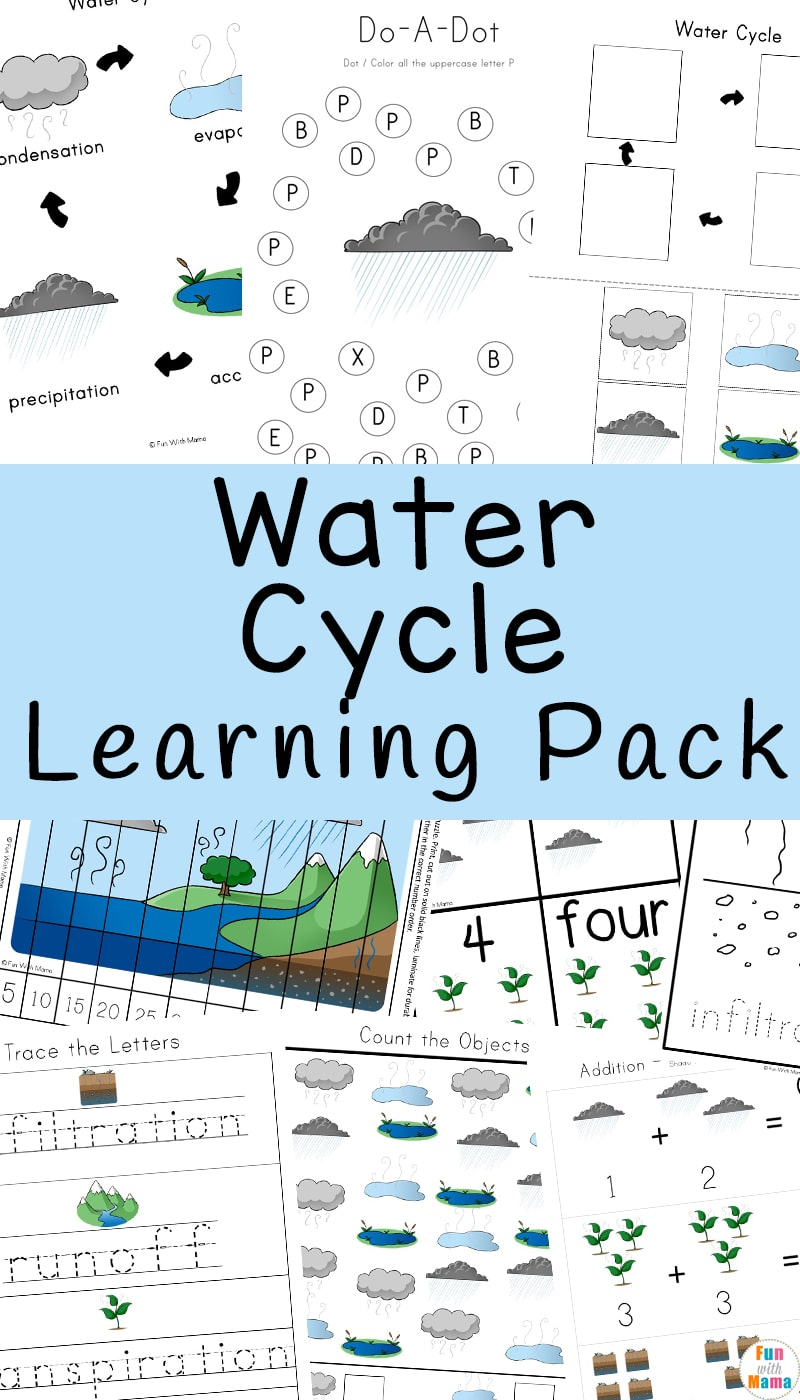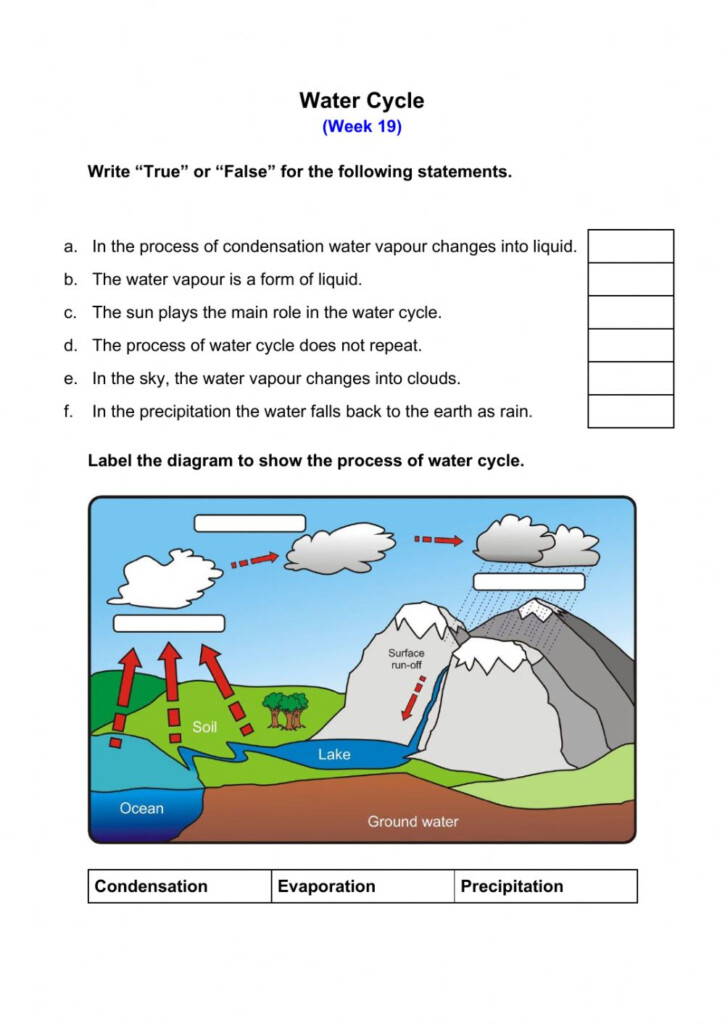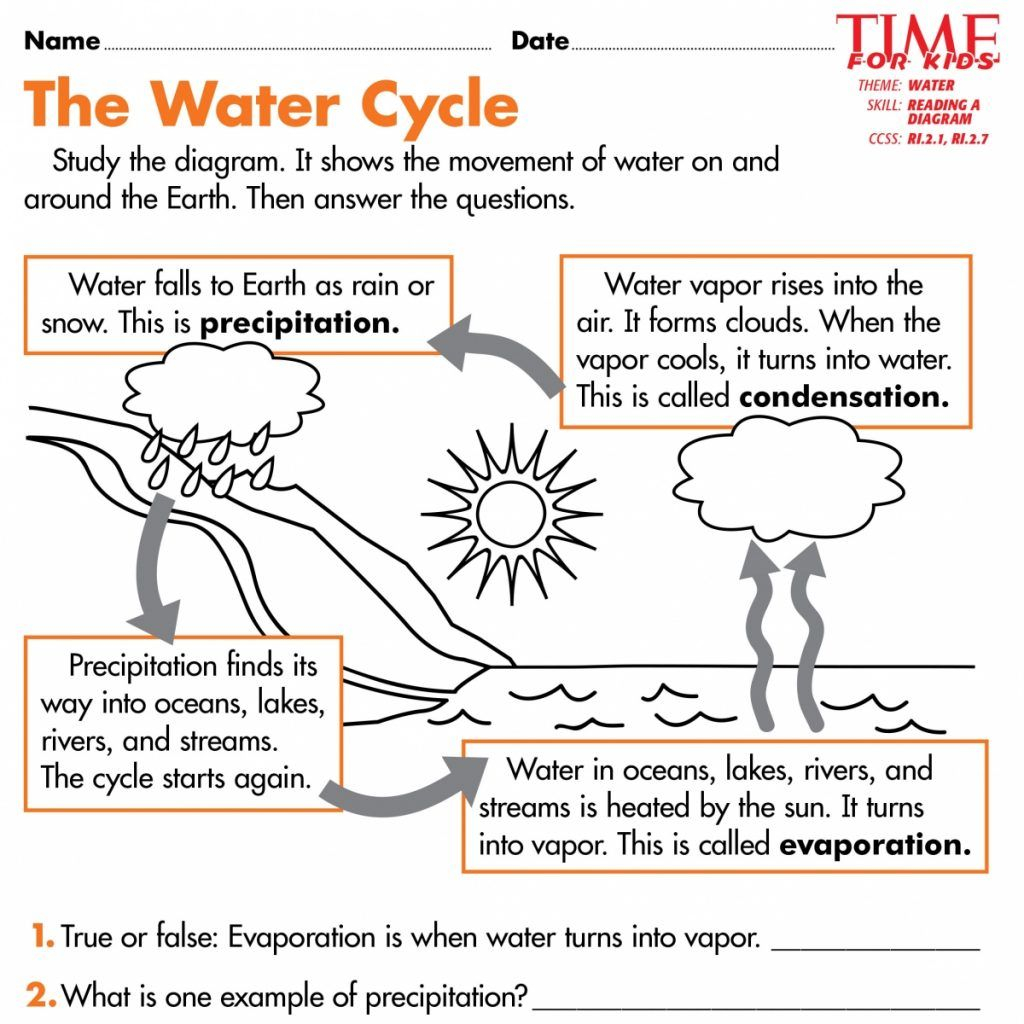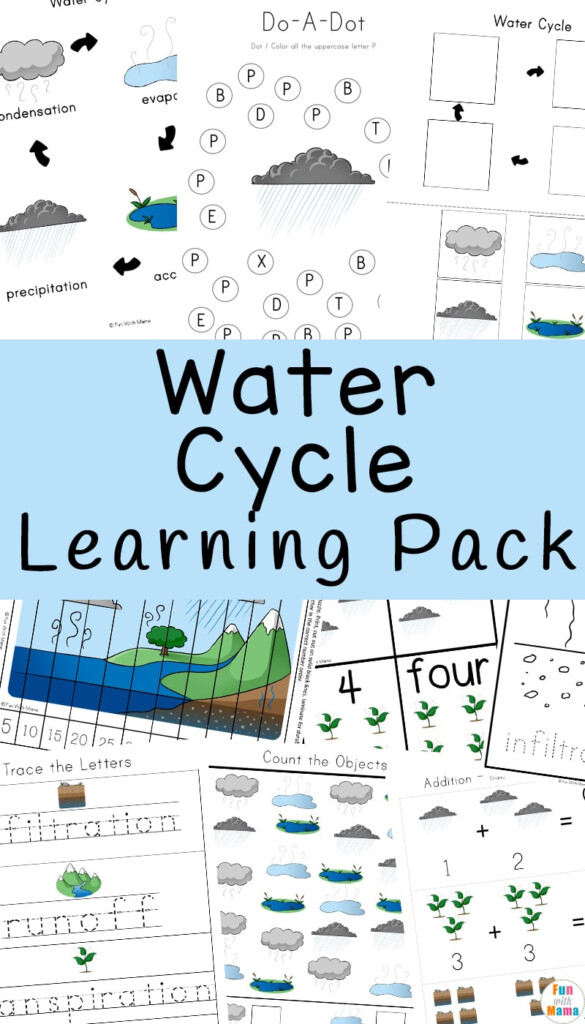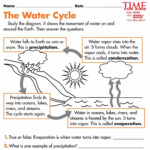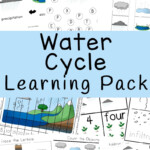Water Cycle Worksheet Education.com – Students are taught about the life cycles of different creatures. For example, a butterfly’s life cycle can be compared to the life cycle of a shark. Students can also learn more about the life cycle and habits of amphibians. This worksheet can help students learn how animals live. Students can complete the worksheet independently and as a class.
Life cycle of a human
Fertilization is the moment when an egg cell from a woman merges with a male sperm cell. This begins the human life cycle. The sixth day is when the single cell splits into several smaller cells that burrow into the mother’s womb. These cells form three layers and begin to bend into a complex shape called an embryo. In this stage, they also begin to differentiate from one another and form the fetal nervous system and circulatory system.
The human body and brain undergo a number of changes during this time. Although some differences exist between humans and apes, the basic life cycle of both is the same. For example, humans develop an erect body and show off their movable hands, whereas apes develop great cognitive talents. The food we eat supports a host of changes in the human body and brain after conception.
A human life cycle is structured around a series of developmental stages and age groups. It also includes an infant phase. The average life span of a human is about seventy to eighty years, but this can vary widely depending on the health of the individual.
Life cycle of a butterfly
The egg is the first step in the life cycle of a butterfly. The caterpillar’s needs are met by the egg. Most butterflies lay their eggs on leaves. The eggs can be small, round, oval or cylindrical. Monarch butterflies lay eggs on the undersides of plant leaves. They can be either smooth or wrinkled. The eggs hatch within a few weeks.
After the butterfly emerges from its pupa, it injects its blood into its wings. Within a few hours the wings will be fully developed and the butterfly can fly. After the wings are fully developed, the butterfly will begin to search for food and a partner. Once it has found a mate, it will lay eggs on a leaf.
The adult stage is the next stage. The butterfly lays eggs every year in spring, summer and fall. The female butterfly lays a large number of eggs at one time. The eggs may be small. The egg is the basis for the development of the caterpillar (also known as the larva). It eats continuously during this period and sheds its skin up to five times. It stores food for the adult butterflies.
Life cycle of a shark
Sharks live a very long life span. Sharks can live up to 15 years. Most sharks are born in coastal areas and remain close to the area where they were born until they are fully grown. Sharks mature, reproduce, and grow during this period. Two claspers allow sharks to grasp onto females and insert sperm.
Female sharks incubate the eggs and sperm for a period of several months until they reach full term. The young sharks remain inside the mother for a year and a half before they are born alive. Some species of sharks exhibit cannibalism, where the first pup is born alive and eats other eggs or pups. These ovoviviparous species have a variable gestation period, which can vary from several months to up to two years. Asexual reproduction is also possible in some species.
Sharks are extremely sensitive to sound waves and have exceptional hearing. The dorsal fins on their heads are located on either side. The lateral line system is made up of narrow canals filled with water that are attached to nerves that transmit signals to the brain.
Life cycle of an amphibian
Most amphibians have a complex life cycle, starting as a larva and ending as an adult. Hormones and the environment control these life cycles. The primary morphogens of amphibians are thyroid hormones and corticosteroids, which are produced by interrenal cells. They are dependent on inputs from the hypothalamus as well as the pituitary and pituitary. Ultimately, the hypothalamus regulates the activity of both the thyroid gland and the pituitary gland.
Amphibians are unique in their life cycles. They can reproduce in both water and on land. A frog’s life cycle begins with sexual reproduction. This is when the male lures the egg-carrying women to mate. The females then release their eggs into the water where the males fertilize them with sperm. External fertilization is the most common method of reproduction for amphibians.
Most species of frogs lay their eggs in peaceful water, which protects them from predators. Some species, however, stay with the eggs to care. The eggs become tadpoles once they are fertilized. The tadpoles hatch within one to three weeks.
